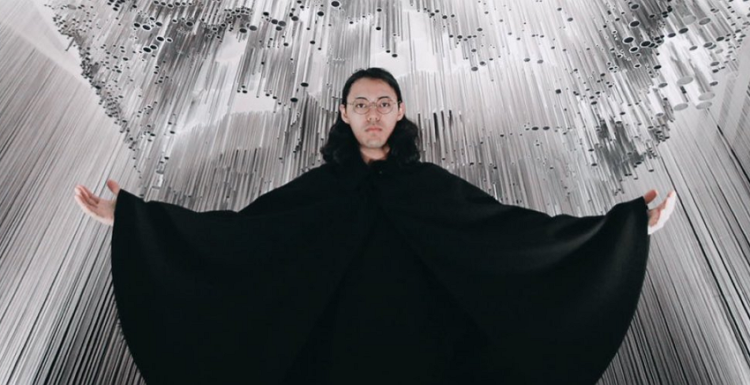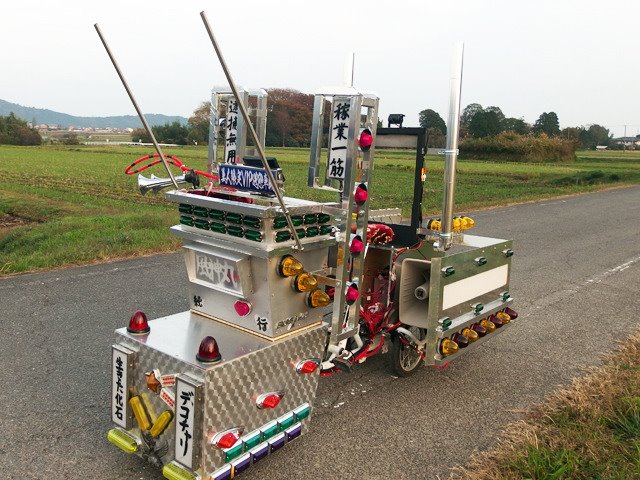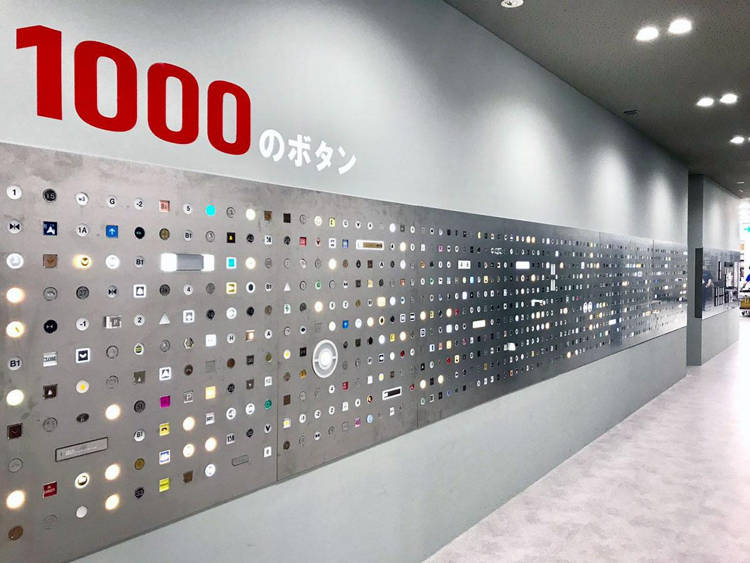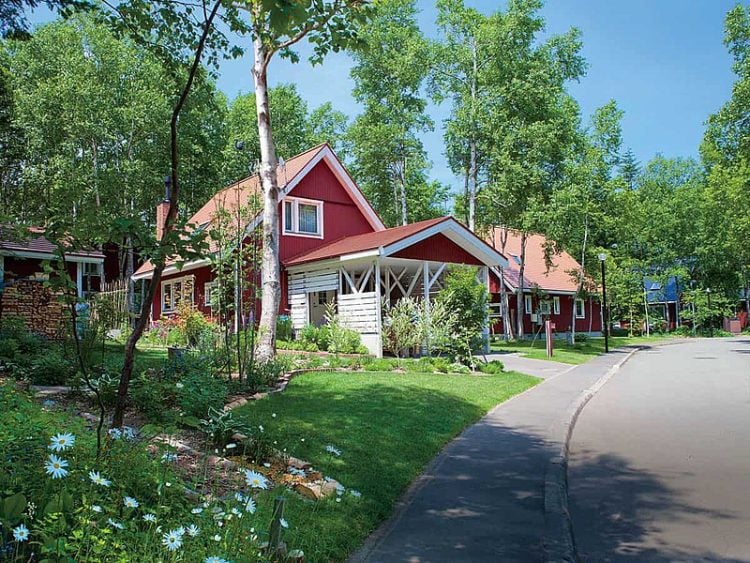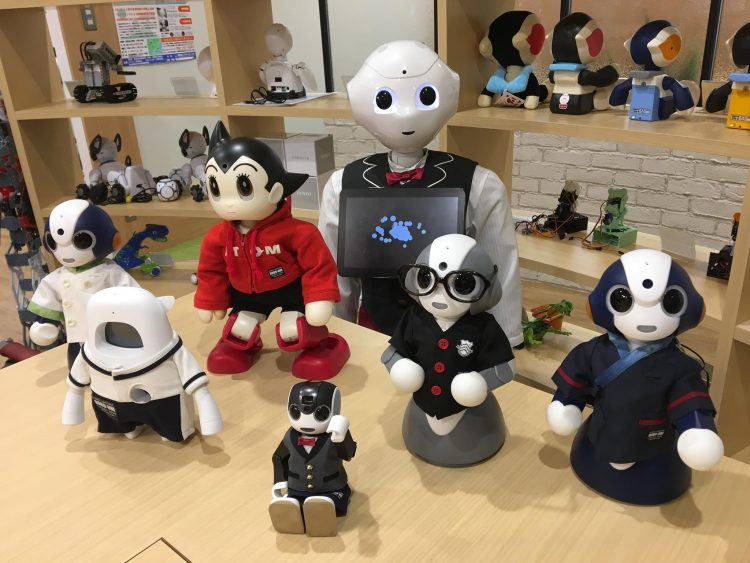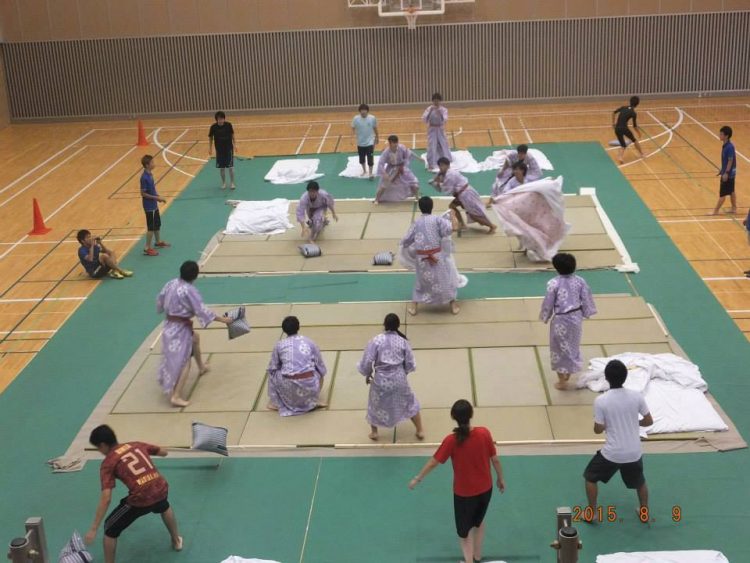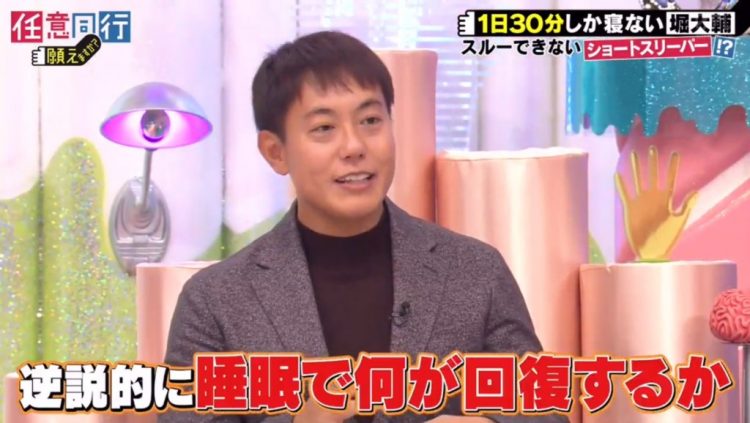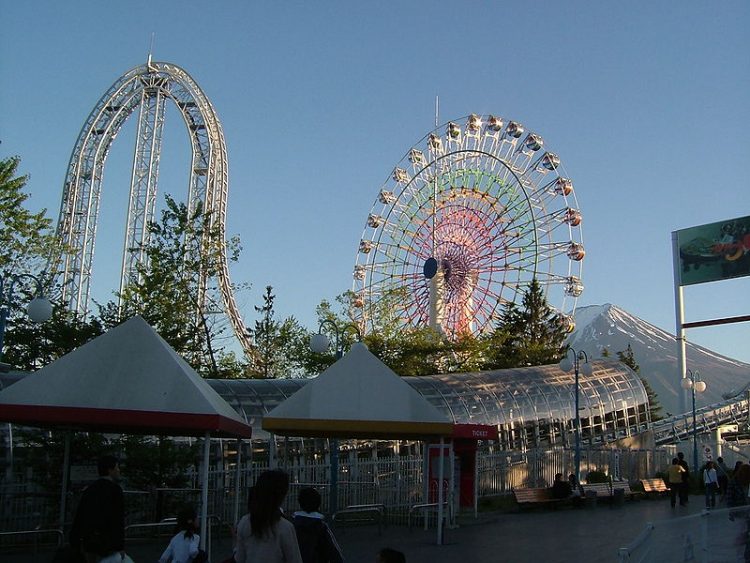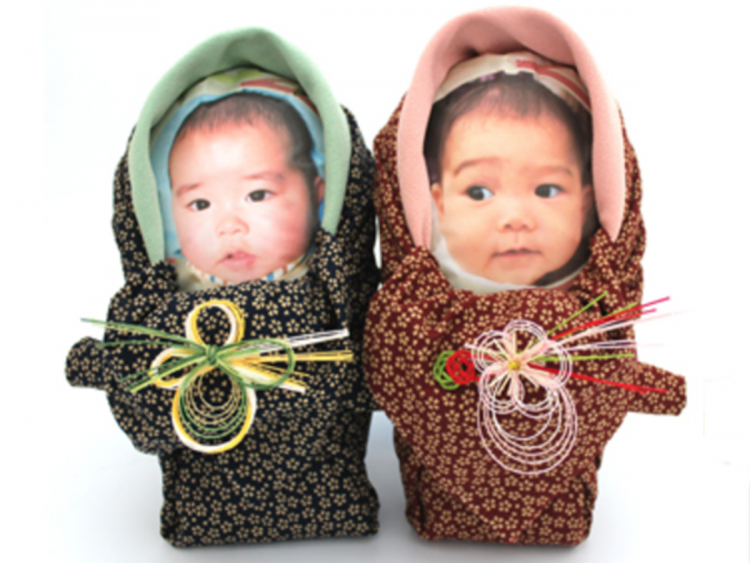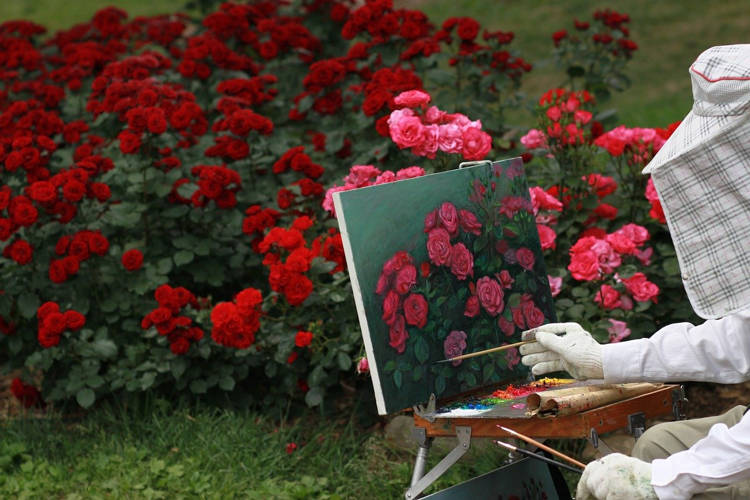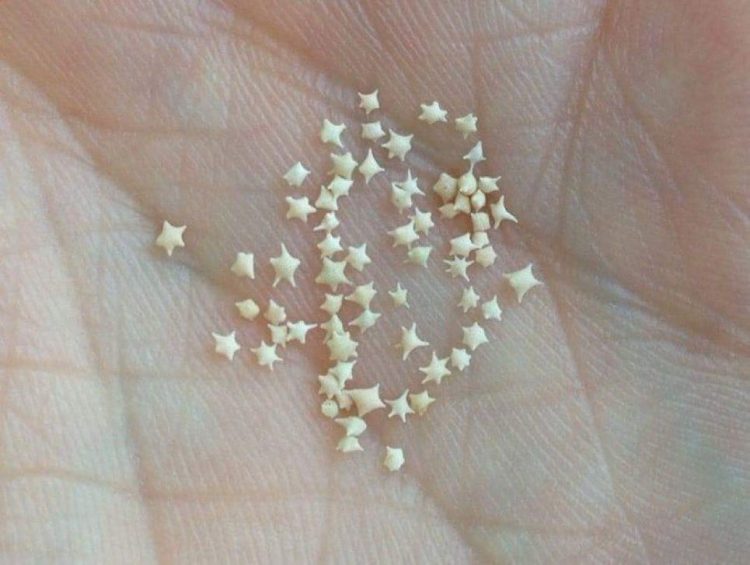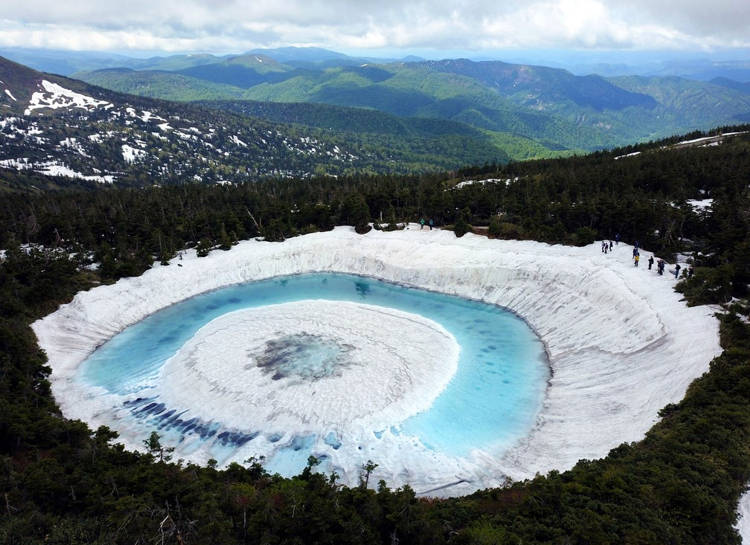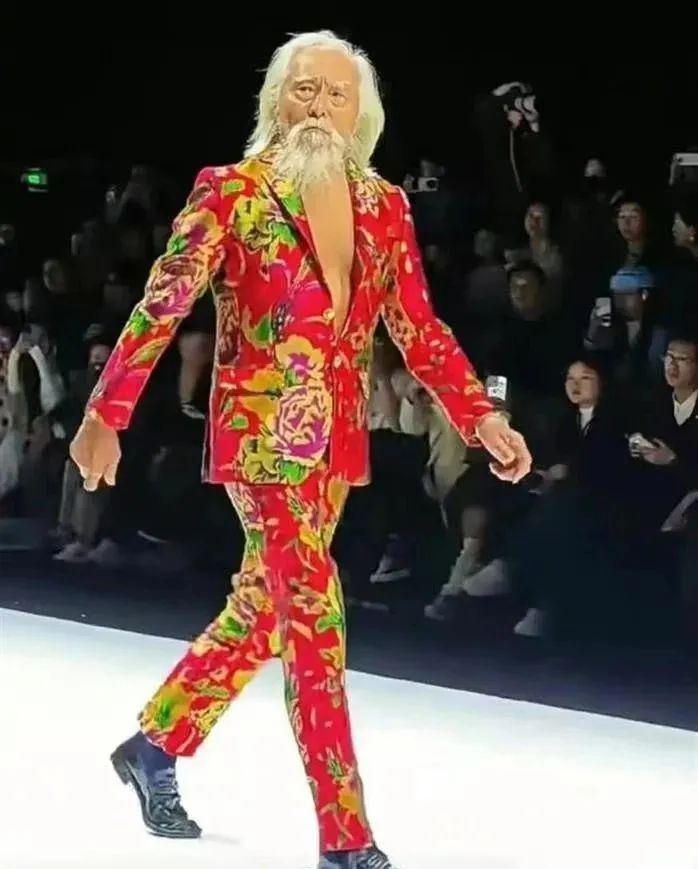MtoP is a parody religion created solely to give followers the chance to refuse things like working overtime simply by invoking “religious reasons”.
Short for “Motohiro to People”, the MtoP religion was created in 2018 by a young man named Motohiro Hisano, who acts as a deity/sage. He does point out that he doesn’t perform miracles and has no superpowers other than that of bestowing the power of “religious reasons” onto his followers. In fact, that is the only purpose of MtoP, as its founder does not wish to be worshipped, nor does he accept any sort of financial contributions. Although the parody religion does have its own doctrine, believers don’t have to abide by strict commandments. All they have to do in order to be considered followers of MtoP is to follow the religion’s official Twitter account.

